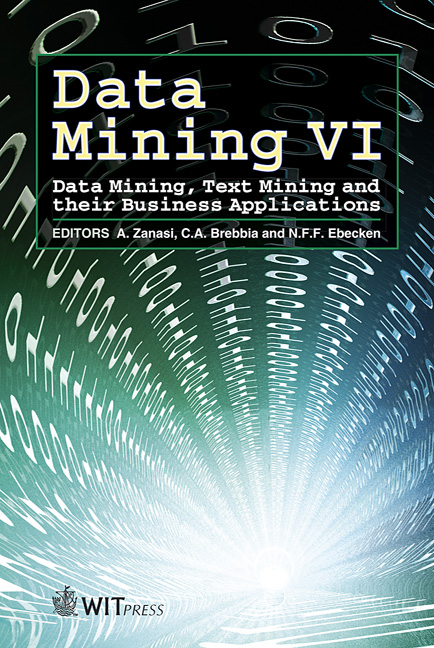An Adaptive Bayesian Classification For Real-time Image Analysis In Real-time Particle Monitoring For Polymer Film Manufacturing
Price
Free (open access)
Volume
35
Pages
6
Published
2005
Size
325 kb
Paper DOI
10.2495/DATA050451
Copyright
WIT Press
Author(s)
K. Torabi, S. Sayad & S. T. Balke
Abstract
Contaminant particles in molten plastic flowing through processing equipment result in very undesirable defects in manufactured film. Images of these particles can now be obtained in-line during processing. A Bayesian classification model was previously shown to be capable of distinguishing images containing a contaminant particle from those that did not [1]. However, new processing conditions cause changes in the background \“noise” in the acquired images which necessitate retraining of the model. This paper demonstrates how a recently presented method of adaptive machine learning, termed the \“Intelligent Learning Machine” (ILM) [2], [3], was successfully used to enable the classification model to adapt to such changes in image quality. The use of the ILM permitted this to be accomplished with great efficiency and flexibility without interrupting the process monitoring. 1 Introduction Plastic film is commonly manufactured by using a single screw extruder to pump molten plastic through a slit while simultaneously stretching the cooling product. Defects in the film, such as holes, are very destructive to film performance and originate from contaminant particles in the melt. Images of these particles in the flowing melt can now be obtained using a special camera termed a \“Scanning Particle Monitor” [4] at an acquisition rate of about 15 to 20 images per minute. A Bayesian classification model was developed and shown to very effectively distinguish between images containing contaminant particles (\“with particle” (WP) images) and images not containing such particles (\“without particle” (WO)
Keywords





